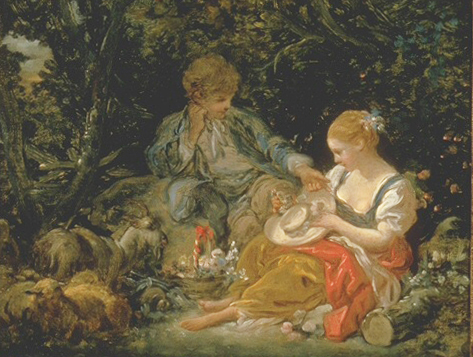Nazi-Era Provenance Research Project
From 1933 until 1945, the Nazi regime unlawfully appropriated works of art from private collectors, galleries, museums, religious, and educational institutions. While numerous pieces were recovered and restored to their rightful owners, a large number are still unaccounted for. Many of these artworks may have entered museum collections, either as gifts or as purchases, because provenance information was incomplete or missing (provenance is the history of previous ownership), and there was no indication that these works had previously been acquired illegally.

It is difficult to understand how devastating this era of systematic theft was. Homes were looted; priceless works in museums were stolen. But within the tragedy is the story of common heroes risking their lives to save these objects from obscurity. The film The Rape of Europa chronicles this tale, featuring the Utah Museum of Fine Arts and its small but important action of returning the painting, Les amoureux jeunes [The Young Lovers] by Francois Boucher, to its rightful owner. Watch an excerpt from the award-winning film below.
The above clip is courtesy of Actual Films, Menemsha Films, and Agon Arts & Entertainment, LLC.
The UMFA has joined the worldwide effort by museums to determine whether there are any European works of art in its collection that were illegally taken from their owners and not returned. The American Association of Museums established criteria for identifying these works of art. Art that was created before 1946 and underwent a change of ownership between 1933 and 1945, and that was or might reasonably be thought to have been in continental Europe, is suspect. Works of art in the UMFA’s collection that fit these criteria are included in a database established by The Nazi-Era Provenance Internet Portal.
